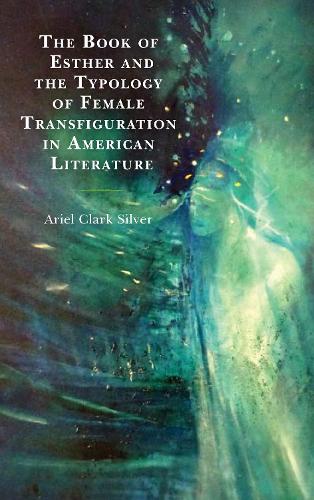
The Book of Esther and the Typology of Female Transfiguration in American Literature
(Hardback)
Publishing Details
The Book of Esther and the Typology of Female Transfiguration in American Literature
By (Author) Ariel Clark Silver
Bloomsbury Publishing PLC
Lexington Books
30th November 2017
United States
Classifications
Professional and Scholarly
Non Fiction
Religion and beliefs
Religious and ceremonial arts
Literary studies: fiction, novelists and prose writers
Literary studies: general
Christianity
Criticism and exegesis of sacred texts
813.009382229
Physical Properties
Hardback
240
Width 160mm, Height 237mm, Spine 22mm
485g
Description
The enduring search for female salvation in American literature is first expressed through typology, an interpretive framework that pairs type with antitype, historical scriptural promise with future spiritual fulfillment. When Cotton Mather invokes the typos of Esther in Ornaments of the Daughters of Zion, a Puritan conduct book, he offers a female type of divine wisdom, authority and force. In the biblical Book of Esther, Esther acts as a female type of wisdom and redemption, but her story also engages the larger history of Hebrew salvation. In nineteenth-century America, Margaret Fuller seeks to extend the spiritual claims once made by Mather and establish the role of the divine female in the salvation of American culture and society. Fuller supplants the type of male sacrifice with a type of female transfiguration in works such as Woman in the Nineteenth Century. Nathaniel Hawthorne then transforms these iconoclastic ideals into literary life by engaging the multi-faceted figure of Esther as a typos of female redemption and salvation in Legends of the Province House, The Scarlet Letter, The Blithedale Romance, and The Marble Faun. Through his female characters -- Esther Dudley, Hester Prynne, Zenobia, and Miriam -- he seeks to fulfill the divine destiny of the American woman. Hawthorne discovers, however, that female redemption is followed by revenge, as Esther turns from saving her people to ensuring an end to their oppression. When Henry Adams later revives Esther Dudley in his novel Esther, he rejects male redemption for the American woman. In Democracy, Esther, Mont Saint Michel, and The Education of Henry Adams, Adams envisions an independent, eternal woman who can rival the political, scientific, artistic, and theological power of men. The movement from male to female salvation is achieved when the terms of female redemption are transformed and the American woman is established as her own source of divine wisdom, power, retribution, and force. The typology of female transfiguration in America is fulfilled by Fuller, Hawthorne, and Adams through the promise extended by the type of Esther.
Reviews
Closely and densely argued, yet nevertheless accessible to the non-specialist, this volume will be of interest to students of biblical interpretation and culture and of American literature. * The Bible Today *
This new study by Ariel Clark Silver offers a significant contribution to the reception history of Esther by focusing on Puritan literature and its aftermath, in particular on those authors most associated with transcendentalism. . . . Silver is successful in going beyond John Gattas work on the prominence of Mary in 19th century literature (American Madonna) and in establishing an older paradigm in the person of the Jewish Queen Esther. Silvers book acts not so much as a corrective but as an expansion of how ancient types of women are helpful to American women in presenting the emergence of a redeemed spiritual figure who accepts responsibility for her actions and acquires moral autonomy in a culture often set against her. * Reading Religion *
Author Bio
Ariel Clark Silver is institute faculty at the Columbus Ohio Institute of Religion
